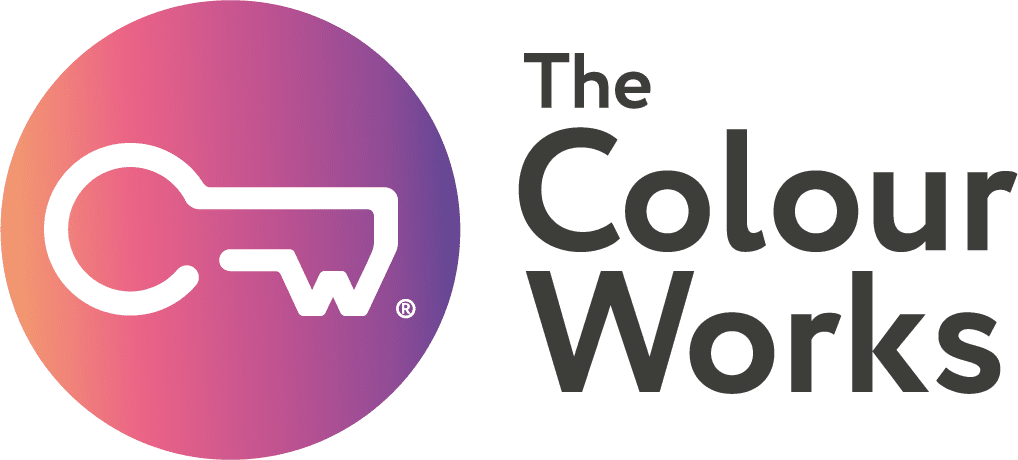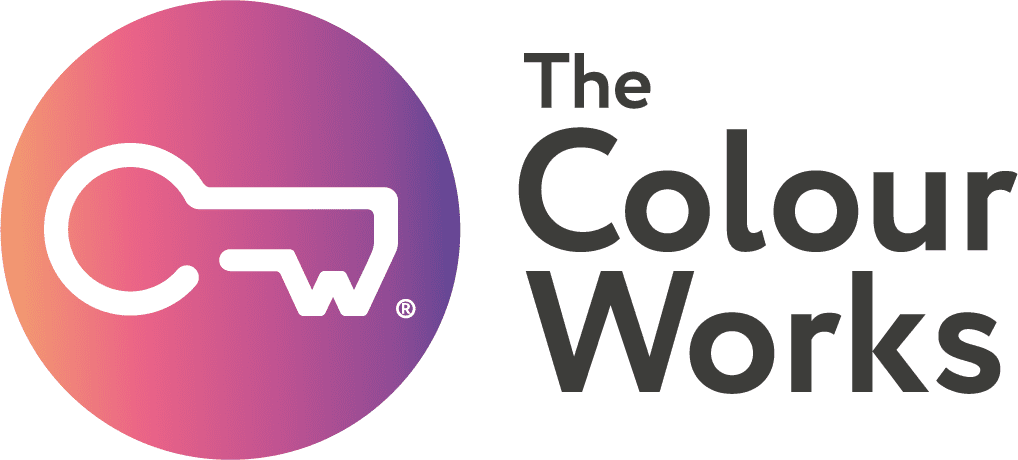Why not view our solutions on people and change today?
Change is a constant in today’s working world, yet 70% of change initiatives fail, (Beer and Nohiri (2000).
Not only that, organisational change often limits a workforce’s potential and disengages its people. Trust is lost, motivation leaks from every crevice and workplace culture curls up in a ball on the floor. When workplace culture can be your USP nowadays, it’s easy to see how poorly-managed change can wreak long-lasting and devastating effects.
People
When
“Teamwork is the one sustainable competitive advantage that remains largely untapped”, (Lencioni),
You can’t afford to destroy a business from the inside out. It is vital that leaders and change-implementers recognise and use to their benefit the natural workplace cycle – of company culture defining company values, determining behaviour, and back to the beginning.
The way we’re each individually wired underpins how we respond to change, and, inevitably, stress. Understanding the differences between us highlights the reaction different personality types have to change, allowing leaders and managers to a) deploy change initiatives in ways that will most satisfy its people, the lifeblood of the company, and b) predict and prepare for the fix if it goes wrong. We’re not robots.
The change curve
The Change Curve is a popular and powerful model used to understand the stages of personal transition and organisational change. It helps you predict how people will react to change, so that you can help them make their own personal transitions, and make sure that they have the help and support they need.
Discover
You’ll know about theDiscovery Personal Profileby now. It’s a brilliant product – a personal development tool that gives individuals an engaging, reinforcing and transformational insight into themselves and others – but it’s what comes next that counts. The awareness it creates is absolutely vital, but it takes more than knowing and understanding the colour energies to enhance workplace morale, create authentic conversations and manage change effectively in your organisation.
Change through the colours (a brief overview)
The differences between individuals can be vast. ‘Effective communication’, imperative at all stages of a change initiative, could mean anything from highly-detailed factual emails to large social group meetings, depending on an individual’s preferences. Using Discovery as a framework, we can describe how each colour energy responds to change; leaders considering all four colour energies within their meetings and messaging will generate higher levels of employee buy-in and limit the possibility of resistance.
People whose top preference is Cool Blue energy like to know the facts. Don’t take their silence for engagement OR resistance, give them time to absorb the information and process what this might mean and provide the details in a written format to aid this state of reflection. As process-driven individuals, they’ll be solidly on board if they feel the change is beneficial and well-organised and that they, as experts, have been consulted.
Fiery Red-led individuals also like to know the ins and outs, but not to the same theoretical level as Cool Blue. They will ask a barrage of questions if not sold the vision and order of events effectively, but will fully embrace change when satisfied. When introducing a change programme, conveying the why, when, how and what is essential. Get them on board and they’ll help drive the agenda through.
Individuals leading with Sunshine Yellow enjoy feeling they are part of something larger than themselves and take naturally to change. Visuals can help sell a vision to Sunshine Yellow. The innate enthusiasm and positivity a group of Sunshine Yellows emits can help sell the vision and enthuse others to get on board.
Fairness is critical for buy-in all round, and being open also helps bring Earth Green energy aligned with the vision – just make sure you have presented the proposed change alongside other options, highlighting the people element throughout. As perhaps the most approachable and thereby trusted energy, get those leading with Earth Green on board and they’ll bring a whole host of others with them.
Here is the central point: Organisations as we know them are the people in them; if the people do not change, there is no organisational change. Changes in hierarchy, technology, communication networks, and so forth are effective only to the degree that these structural changes are associated with changes in the psychology of employees.” Schneider, Breif and Guzzo (1996)
A common language for improving communication
Change happens at the organisational or teamlevel where everyone can see the vision and knows how to get there contentedly.Transformations occur when each member’s behavioural preferences and working style are known, understood and adapted to, forging paths for more productive conversations and happier people amidst the inevitable emotional ups and downs of the change process. The success of any change initiative relies on an organisation’s ability to maintain motivation, enthusiasm and buy-in from all employees, highlighting the importance of the agile leader in today’s often diverse, remote and rapidly-changing workplace.
Related Articles
Riding the Rising Tide of Change as a Team: A Personal Perspective
The other day I had the long-awaited experience of being back in the office with my much respected, missed and …
Read MoreHybrid Working – Good News, Bad News? Who Can Say?! based on research conducted in July 2021
Background At The Colour Works we support a network of over 170 Learning and Development specialists known as Client Practitioners …
Read MoreCreating a Change-Ready Mindset
“The Only Constant in Life Is Change” – Heraclitus. So, if change is the only constant in life, how is …
Read More






